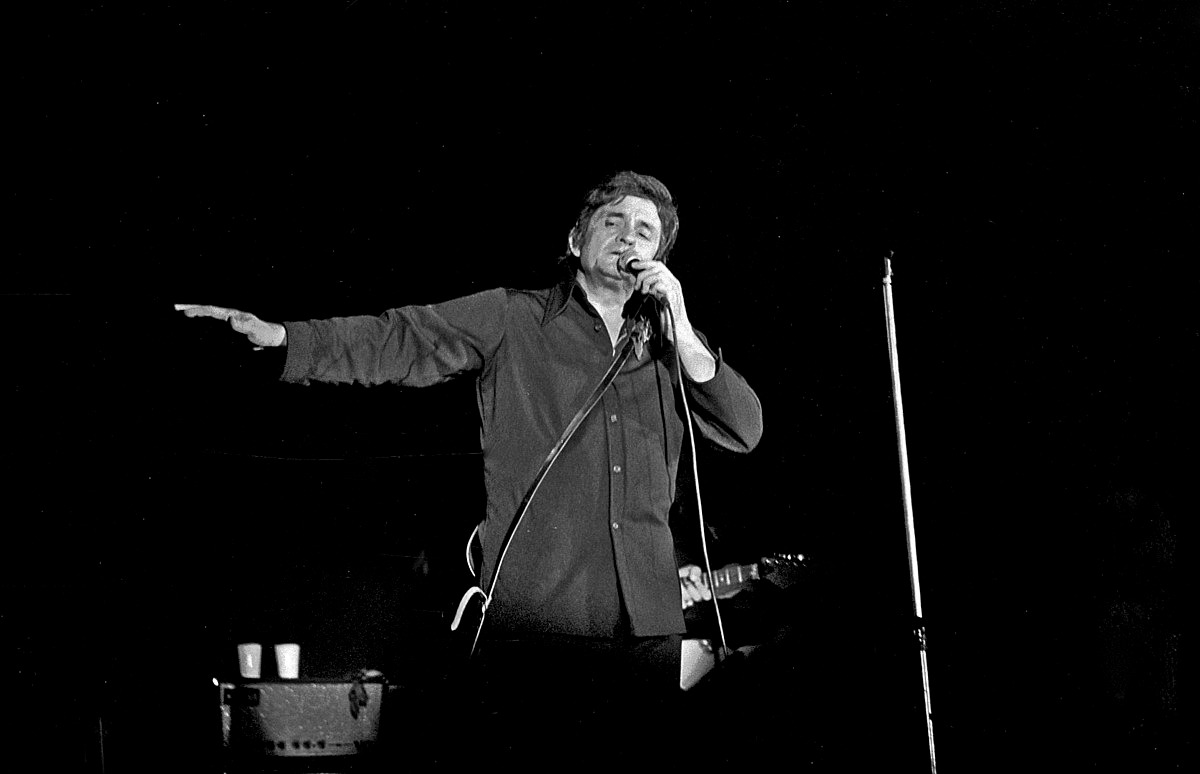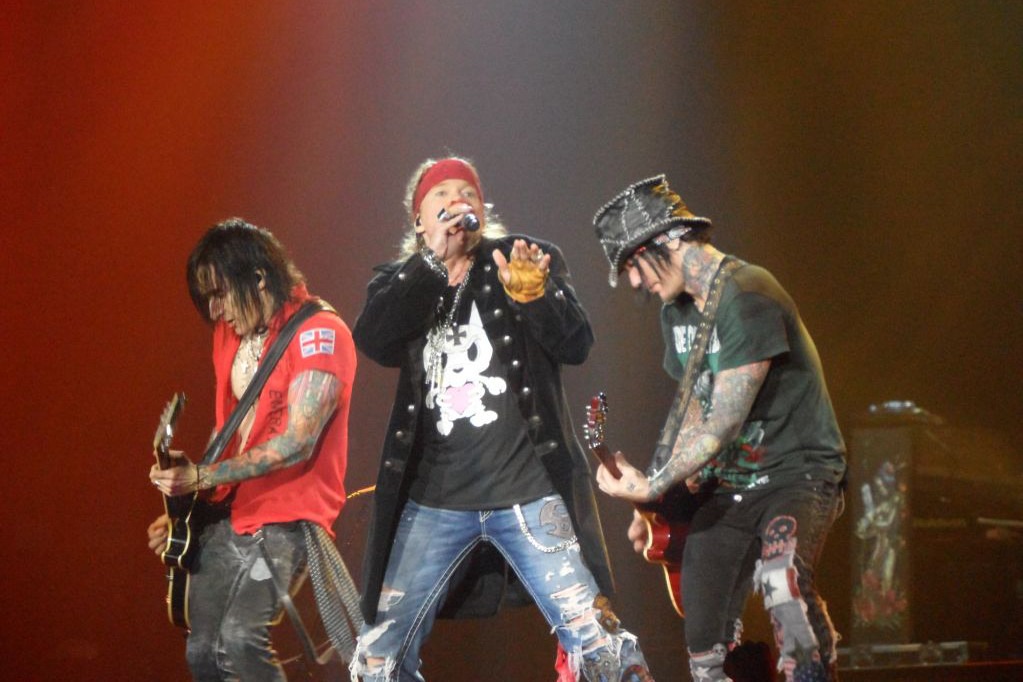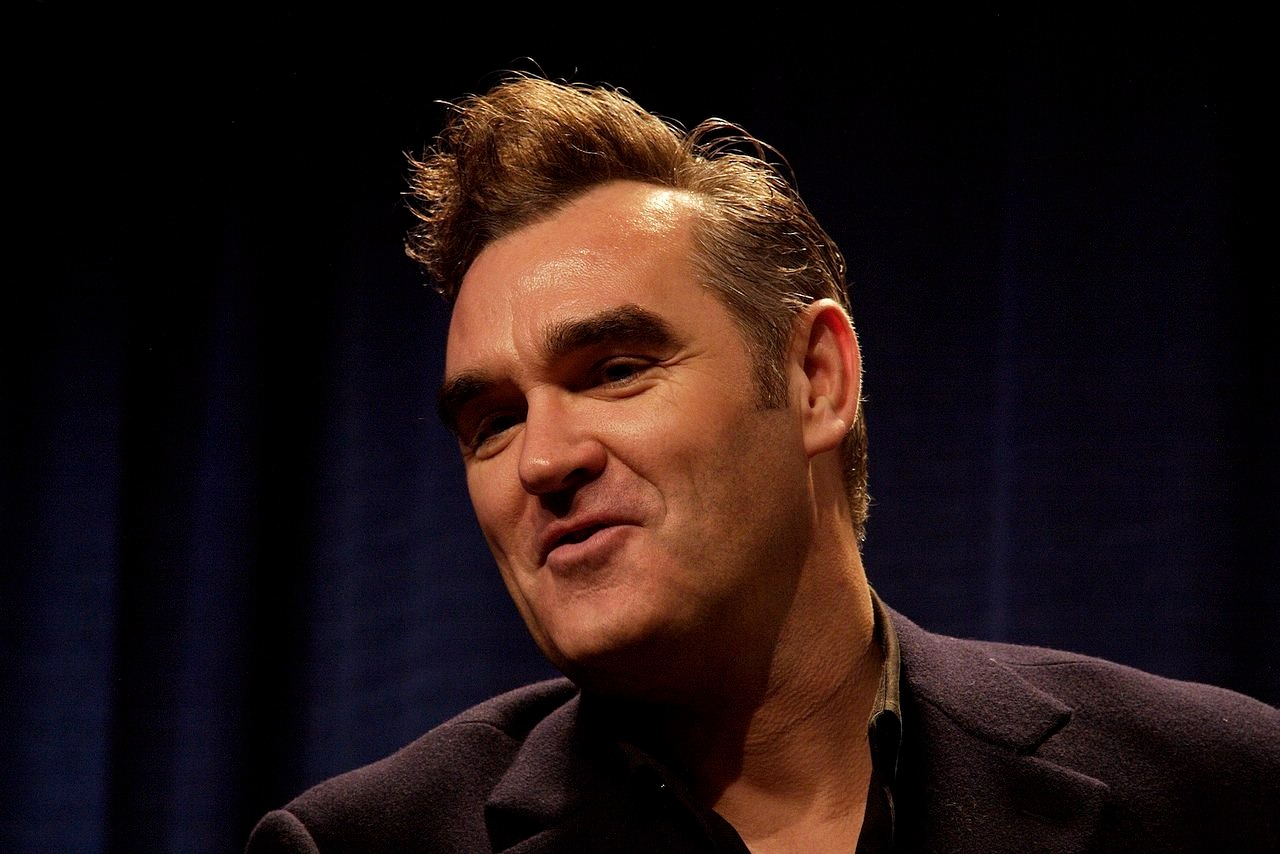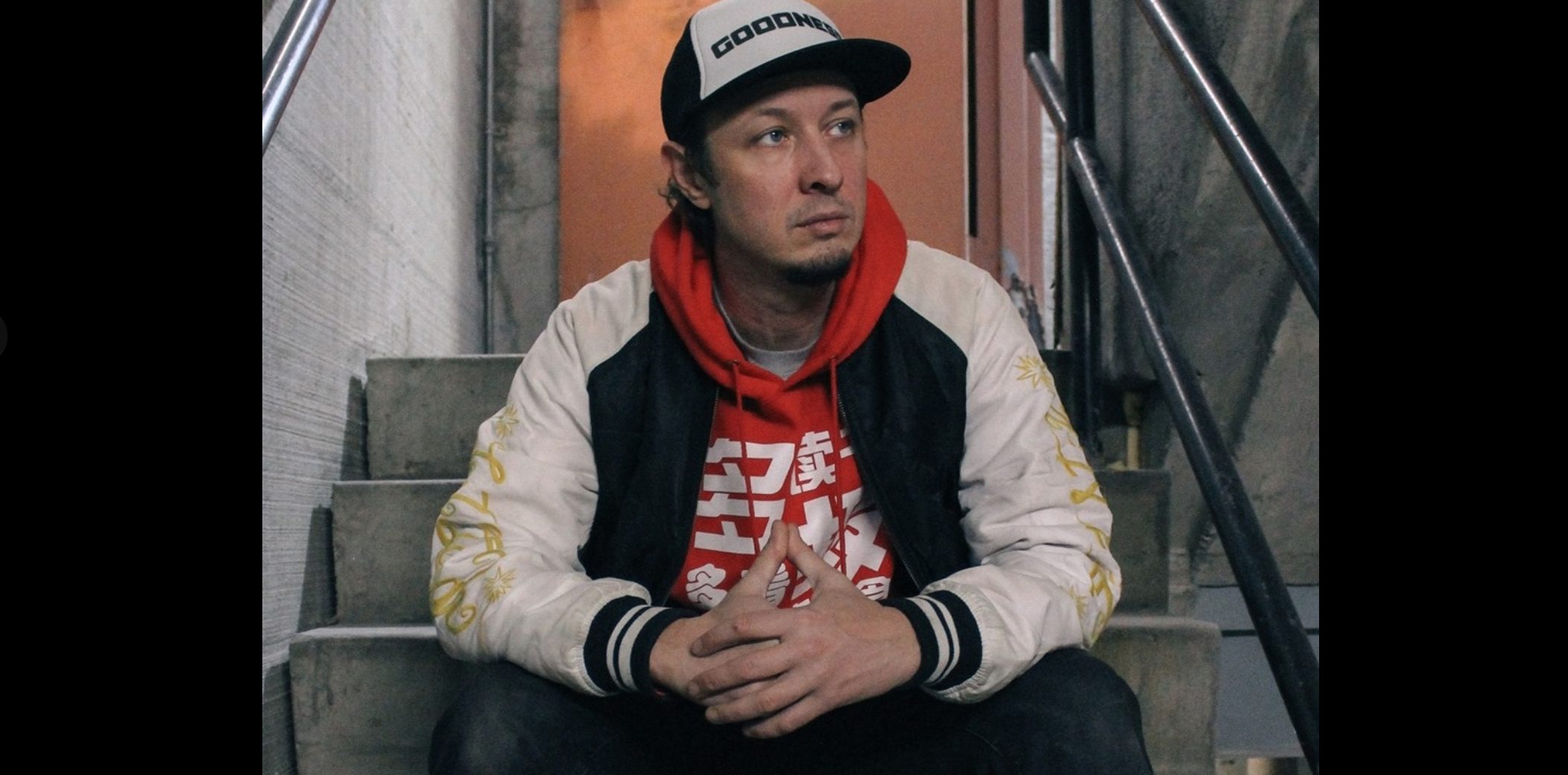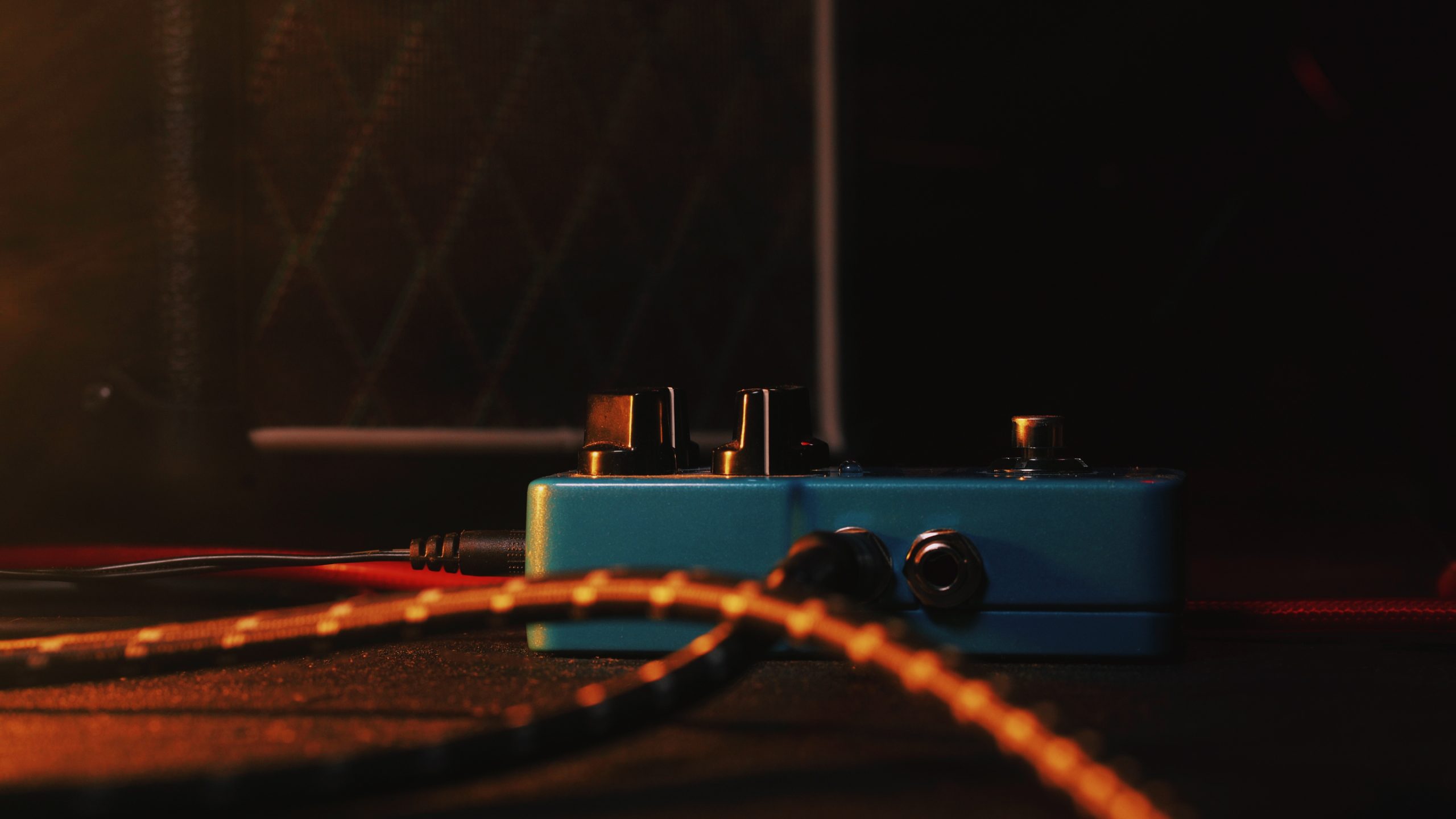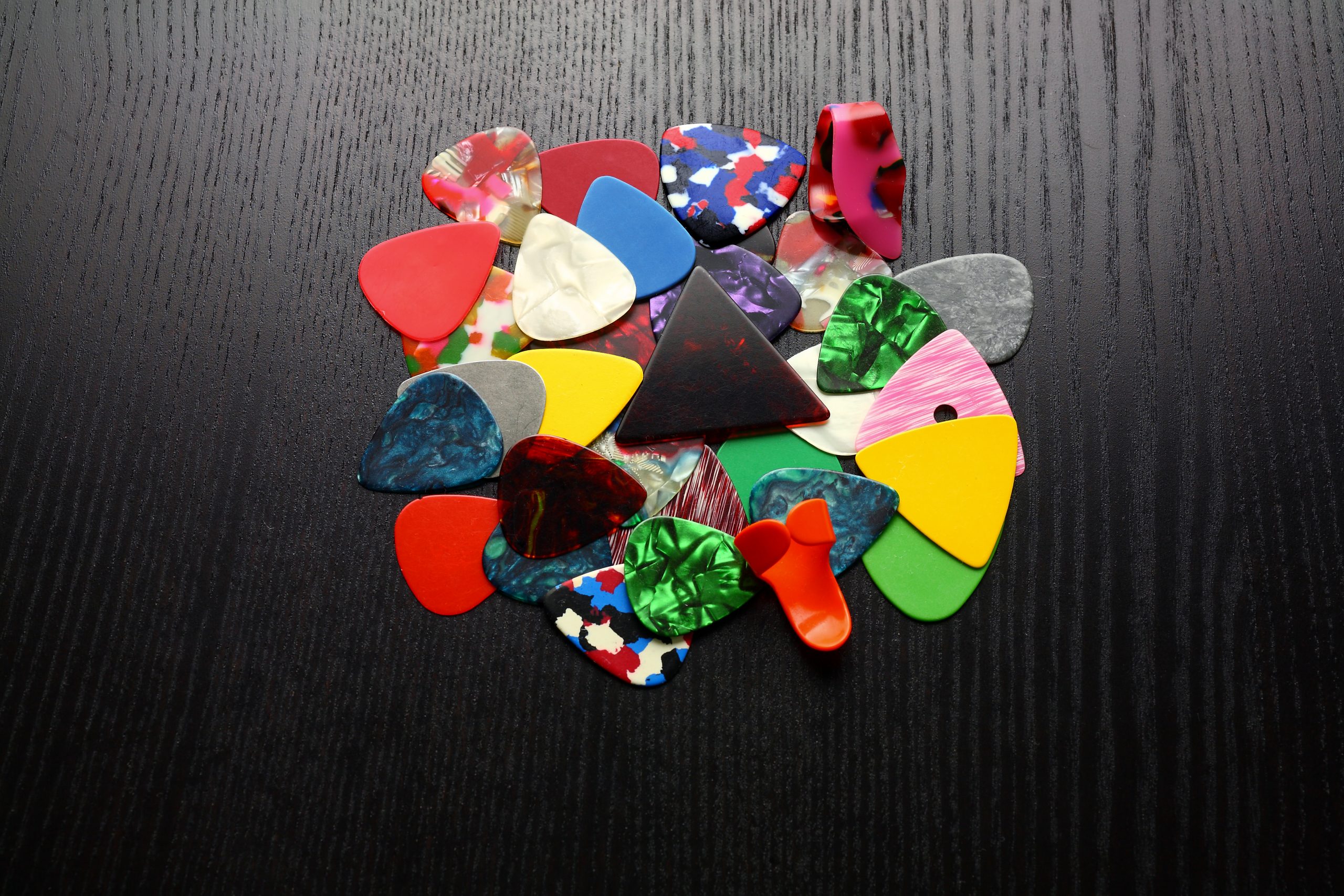Music has always been the soundtrack to our darkest moments, but some tracks transcend personal pain to become cultural vessels for despair. The phenomenon isn’t new—certain songs transform from artistic expression into something far more haunting: final companions for those at their breaking point.
The Anatomy of Musical Despair
Nine Inch Nails’ “Hurt” wasn’t written to be a suicide note, yet that’s exactly what it became for countless listeners. Reznor crafted the track for 1994’s The Downward Spiral, embedding explicit references to self-harm and the crushing weight of isolation.
Lines about everyone going away “in the end” hit differently when you’re already convinced nobody cares. Reznor himself admitted feeling “too emotionally exposed” by his creation, suggesting even he understood its profound impact on vulnerable listeners.
The Cash Effect
When Cash covered “Hurt” in 2002, something seismic shifted. His weathered voice and stark video turned industrial angst into something even more devastating: the weight of a life fully lived but ending empty.
Reznor’s response was telling: “that song isn’t mine anymore.” Cash had given it sincerity and meaning that somehow made it both more beautiful and more dangerous. Fan correspondence over the years has documented people connecting with either version during their darkest moments.
Historical Patterns
This isn’t isolated to industrial rock. The infamous “Gloomy Sunday”—banned across Europe in the mid-20th century—earned its reputation as the Hungarian Suicide Song through similar tragic associations.
Elliott Smith’s catalog serves as another example, with tracks like “Between the Bars” providing lyrical language for unspeakable pain. These songs don’t cause tragedy, but they offer ritualistic framing for unresolved darkness already present in listeners’ lives.
Art’s Responsibility
Congressional hearings in 1999 included discussions about Nine Inch Nails’ impact, reflecting broader concerns about artistic responsibility following high-profile tragedies. Music psychology research suggests these tracks function as mirrors rather than triggers—reflecting darkness already present rather than creating it.
Yet the power remains undeniable. Crisis resources now accompany related media, acknowledging music’s dual nature as both poison and antidote. The tragedy isn’t that these profound songs exist, but that they resonate so universally with human suffering and loneliness.


